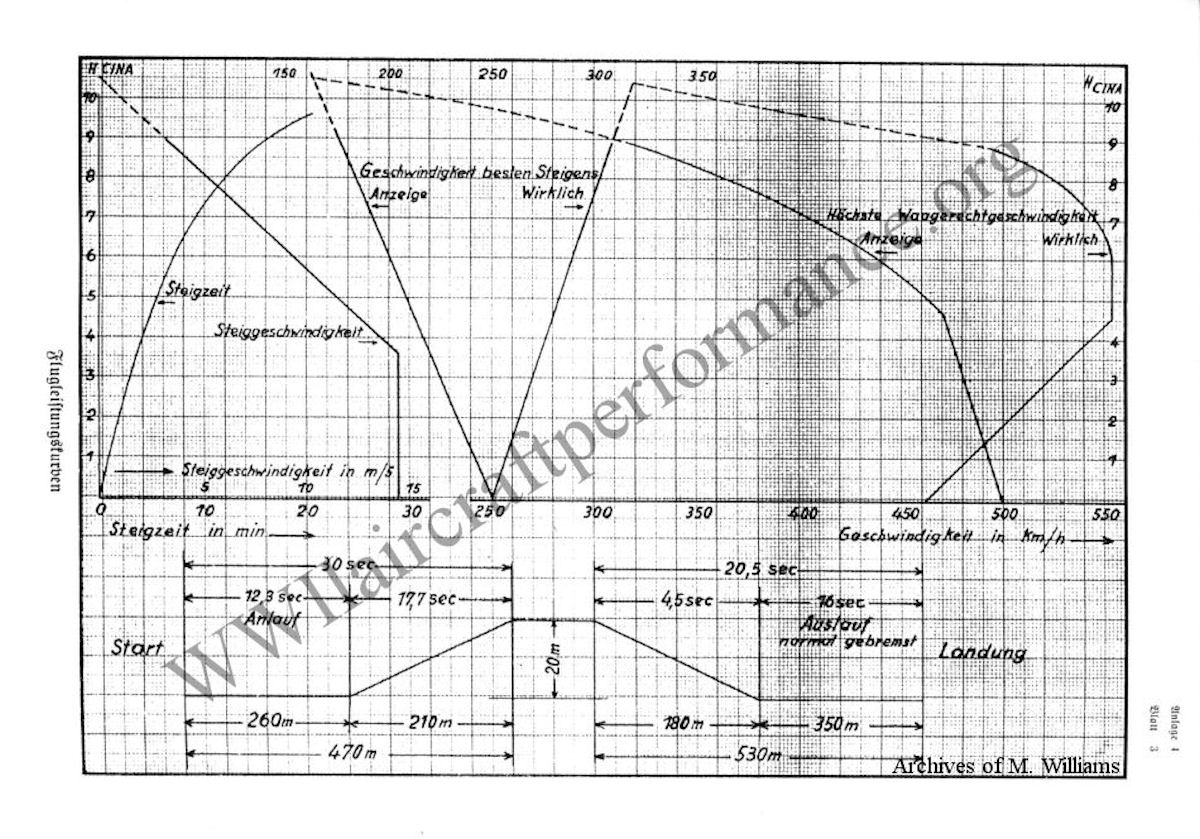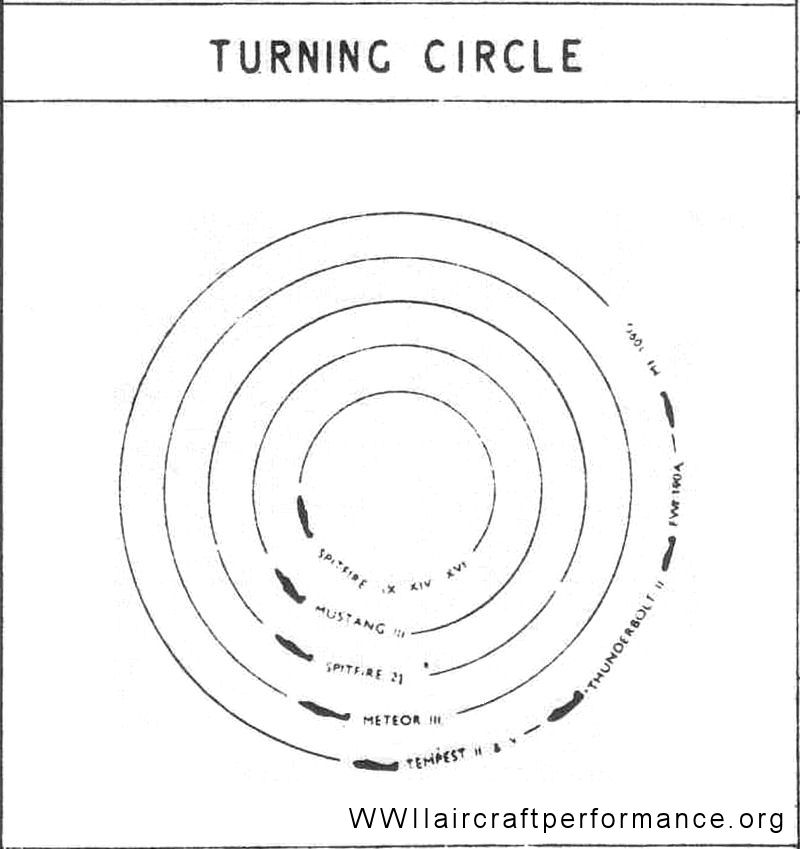
 |
|
|||||||
| FM/DM threads Everything about FM/DM in CoD |
 |
|
|
Thread Tools | Display Modes |
|
|
|
#1
|
|||
|
|||
|
Quote:
Unless you really try very hard to make one plane appear better or worse than the other, ie abusing historical pilot reports to support your point of view. But who cares. I generally base my idea of how these planes compared (maneuverability wise), on reports of pilots, who flew both (or more) types. And most of those reports fit each other exceptionally well. Which might not be the "correct" approach, but atleast it rules out some bias. Quote:
I'm totally aware of that and how slats work, but i don't think that's what macro meant when he compared slow speed rolling. But i probably misunderstood his post or interpreted it wrongly. Anyway, yes, in the case you describe, slats definately help rolling and are in case of the 109 (lacking washout) a requirement for controllability at critically low speeds / high AoA. So yes, the slats help, when they come out. Wether or not they are an advantage compared to washout or similar design features of a plane, regarding roll "performance", is a different thing though. |
|
#2
|
|||
|
|||
|
Quote:
http://www.rolfwolf.de/daten/E4/Emil.html Leistungen Motorleistungen DB601A Kurzleistung (1 min) 1100PS bei 2400 U/min 1.4 ata Startleistung 990PS bei 2400 U/min 1.30 ata Steig/Kampflleistung 910PS bei 2300 U/min 1.23 ata Volldruckhöhe 4000m  Farber, Bf109E-3 data, shown in Kennblatt has been obtained on 30 min Steig/Kampflleistung bei 2300 U/min 1.23 ata of aircraft with DB601A-1 'bei altem Lader' Yes, this is TAS -Wirklich Geschwindigkeit 
|
|
#3
|
|||
|
|||
|
Quote:
Last edited by 5./JG27.Farber; 09-07-2012 at 10:48 PM. |
|
#4
|
|||
|
|||
|
Quote:
|
|
#5
|
|||
|
|||
|
Quote:
Quote:
I wonder when the new compressor was rolled out into the field and at what rate? Last edited by 5./JG27.Farber; 09-08-2012 at 06:52 PM. |
|
#6
|
||||
|
||||
|
Actually the graphs were done by an engineer..
Which is something I pointed out in the first response to this graph where I took the time to read and than quoted the graph's source, i.e. Quote:
As for the graph, as I initially noted, I questioned it's purpose.. Initially it seemed like it was done to give the impression that the 109 turn circles are far worse than the Spit and Hurri.. Which they well may be! But, if that is the case this graph does not do a very good job of showing it! It actually raises more questions and cast doubt for those who are use to looking at performance graphs (like myself) If the purpose was to convey the turn radius (circle) at sea level than there is no need to provide an X (radius) vs. Y (alt) graph in that there is no X (radius) vs. Y (alt) taking place.. It is just X (radius) @ Y (alt) IF that is the case, than placing 'Altitude (000ft) along the Y axis was wrong! A better way to 'graph' this 'data' would have been to draw circles inside of circle with the radius associated with each circle and title the plot turn radius (circle) at sea level
__________________
Theres a reason for instrumenting a plane for test..
That being a pilots's 'perception' of what is going on can be very different from what is 'actually' going on. |
|
#7
|
||||
|
||||
|
like this one...

__________________
 Intel Q9550 @3.3ghz(OC), Asus rampage extreme MOBO, Nvidia GTX470 1.2Gb Vram, 8Gb DDR3 Ram, Win 7 64bit ultimate edition |
|
#8
|
||||
|
||||
|
Bingo!
Now looking at this graph.. We can see that the P51 and Spitfire both have a tighter turning circle (smaller radius) because their circles are inside the outer circle that Also note, the outer circle (bigger radius) contains the the Bf109 along with the Tempest, Fw190, P47 The only info left off here is what is the speed and altitude? Because these relationships can change with altitude Also we can safely assume that this are the best turn circles at the best turn rates, but what is the rate? Which is important, because what you really care about is the time it takes to do a say a 180 (reverse direction).
__________________
Theres a reason for instrumenting a plane for test..
That being a pilots's 'perception' of what is going on can be very different from what is 'actually' going on. Last edited by ACE-OF-ACES; 09-13-2012 at 02:53 PM. |
|
#9
|
|||
|
|||
|
There is no doubt that there is some sort of demonstrating our superiority ooze about these turn radii graphs... but regardless the figures seem to be about right.
It is entirely another question why this so called superiority is given so much importance. Even the graph shows that the turn radii difference between the Hurri and the 109 was about 200 feet, or about 60 meters. Even the span of these aircraft was 11-12 meters, and actually that's about the distance a 109 wingman kept from his leader... or even less. So what's all the fuss about it? BTW the figures are rather similiar to what Morgan and Morris came up with in 1940 (for 12k feet - both figures are more of an educated estimate, not trials): http://kurfurst.org/Tactical_trials/...ls/Morgan.html 
__________________
Il-2Bugtracker: Feature #200: Missing 100 octane subtypes of Bf 109E and Bf 110C http://www.il2bugtracker.com/issues/200 Il-2Bugtracker: Bug #415: Spitfire Mk I, Ia, and Mk II: Stability and Control http://www.il2bugtracker.com/issues/415 Kurfürst - Your resource site on Bf 109 performance! http://kurfurst.org 
|
|
#10
|
||||
|
||||
|
Maybe.. maybe not
The point being.. Two people can read a combat report and draw two different conclusions.. Due to their background and biases Where as.. Two people can add 1 + 1 and draw the same conclusion.. i.e. 2 Independent of their background and biases In summary.. The problem with anecdotical evidence (aka after action pilot reports) is as follows 1) anecdotical evidence is a one sided story. 2) anecdotical evidence is written by those who lived to write about it. 3) anecdotical evidence does not contain enough info to recreate the scenario in-game. 4) anecdotical evidence is subject to interpretation. For example of each.. WRT 1) As most of us know there are two sides to every story, and you will not find anecdotical evidence that has input from both side (axis and allied pilot) with regards to the encounter being described. WRT 2) As most of us know a statistical result depends on the input data. The fact that anecdotical evidence was written by the pilots who lived to write about it excludes the pilots who did not live to write about it. Which makes the statistical result based on the anecdotical evidence biased/filtered towards pilots who lived to write about it. For example, assume there are 100 after actions reports describing how the pilot in his 109 out turned a Spitfire.. We don't know how many 109 pilots died while trying to turn with a Spitfire a thus un-able to write about it, was it 10, 100, 1000? We don't know. WRT 3) As most of us know anecdotical evidence does not contain enough information about the scenario to recreate scenario in game to preform a test to see if the results are the same. That and the results in both case (real and recreated simulation) depend more on the relative pilot experience than the relative plane performance. That is to say change the pilots and you can change the outcome of the scenario. In essence you would be making changes to the flight modeled based on the relative experience of the pilots not the relative performance of the planes. This is why they did testing under formal and controlled conditions. (see sig) WRT 4) As most of us know people are different, and therefore peoples take on events will be based on their life experiences. That is to say two people can read the same anecdotical evidence and draw to very different conclusions. Ask any cop who has interviewed several people who have witnessed a crime and they will tell you how peoples perceptions of events can vary. Where as 1 + 1 = 2 is not open to interpretation. (math ftw) PS in each statement above, there are no absolutes! To improve the readability, in this post I removed my previous qualifying text where I said things like 'typically this' or 'typically that' or 'you will be hard pressed to find'. That is to say, you may be able to find a couple of cases where both an axis and allied pilot had input to an after actions report, but this exception to the rule does NOT change the rule. Also note, I am not saying math is without error, only that math is your best hope of being on the same sheet of music, in that it removes most if not all human bias and interpretation errors. In short, given time, you can track down the source of math errors, where as even with all the time in the world you would still be hard pressed to track down the source of human bias and interpretation errors!
__________________
Theres a reason for instrumenting a plane for test..
That being a pilots's 'perception' of what is going on can be very different from what is 'actually' going on. Last edited by ACE-OF-ACES; 09-11-2012 at 02:58 AM. |
 |
|
|